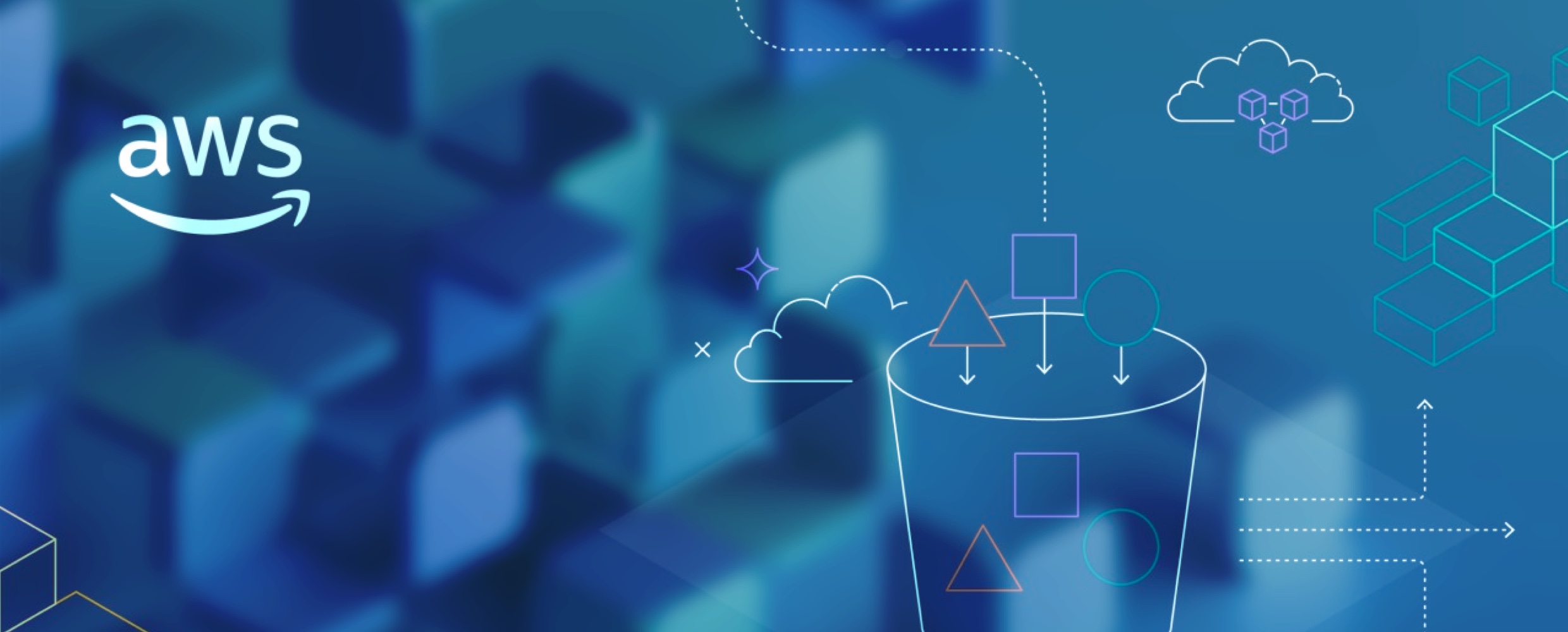Updated November 2023
Cloud Security
AWS Security Best Practices Guide
Conducting a regular security review on your AWS infrastructure is a critical step in safeguarding your cloud infrastructure. Reviewing your infrastructure as a whole as part of your operational cadence is a great proactive measure and ensures that your configurations align with security best practices. The below guide can function as a AWS security checklist and help you spot areas that need your attention.

1. Identity and Access Management (IAM)
- Use IAM to control access and create individual IAM users.
- Adhere to the Least Privilege Principle.
- Enable Multi-Factor Authentication (MFA) for all accounts.
- Rotate Credentials Regularly with strong, complex passwords or keys.
- Use IAM Roles for EC2 Instances instead of storing credentials.
2. Secure Your AWS Resources
- Restrict access with security groups and limit inbound traffic.
- Use NACLs and Subnets for a layered network defense.
- Implement resource-based policies with AWS Resource Policies.
- Encrypt data at rest and in transit, ensure that RDS instances have encryption enabled.
3. Monitor and Log
- Enable AWS CloudTrail on all accounts and regions to log API activity.
- Use AWS Config to monitor and record compliance of your AWS resources.
- Analyze and monitor logs with Amazon CloudWatch or SIEMs.
- Enable VPC Flow Logs to capture IP traffic information.
4. Network Security and Firewall
- Use Amazon VPC for secure networking environments.
- Protect applications with AWS WAF and Shield.
5. Incident Response
- Have an incident response plan that includes AWS resources.
- Enable AWS GuardDuty for threat detection.
- Regularly take snapshots and back up instances and databases.
- Automate responses to security incidents with AWS Lambda.
6. Compliance and Audit
- Get on-demand access to compliance documentation with AWS Artifact.
- Audit your AWS environment with AWS Trusted Advisor.
- Leverage AWS’s certifications for compliance.
7. Regular Updates and Patching
- Apply patches regularly and keep services up to date.
- Utilize Amazon Inspector for vulnerability assessments.
8. Data Protection
- Implement a comprehensive backup strategy with AWS Backup.
- Manage encryption keys with AWS Key Management Service (KMS).
9. Separation of Environments
- Use multiple accounts for separation between development, staging, and production.
- Enforce security with service control policies in AWS Organizations.
10. Awareness and Training
- Ensure your team is trained on AWS security mechanisms and best practices.
- Stay updated with the latest AWS security announcements.
Need help?
chat with an engineer